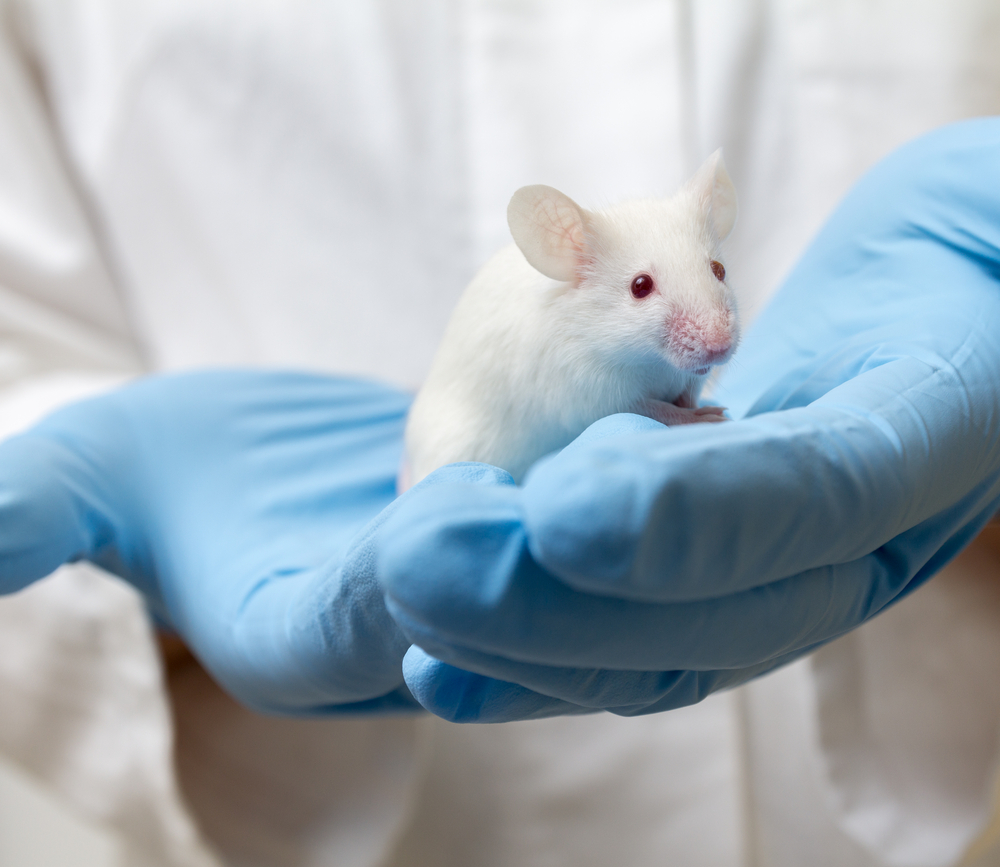Scientists Reduce Blistering in EBA Mice by Honing In on the Immune System
Written by |

Scientists have found that using inhibitors on specific parts of the so-called complement system, part of the immune system that aids the functioning of antibodies, led to improvements in blister formation in a mouse model of epidermolysis bullosa acquisita (EBA).
The findings support the therapeutic potential in EBA of Soliris (eculizumab), a humanized antibody marketed by Alexion.
The study, “Specific Inhibition of Complement Activation Significantly Ameliorates Autoimmune Blistering Disease in Mice,” was published in the journal Frontiers in Immunology.
The complement system enhances the activity of antibodies and specialized cells as they eliminate microbes and damaged cells. The activation of the complement system prompts inflammation and an attack on a microbe’s cell membrane. This involves the formation of a membrane attack complex that inserts itself into a microbe’s membrane, triggering its death.
In the study, researchers sought to identify which factors are linked to blister formation in a mouse model of EBA. They focused on factors dependent on the response of the immune system’s complement component, specifically component 5, or C5. C5 previously was identified as a key factor in mediating inflammation and blistering in EBA.
The team used a mouse model of EBA that was deficient in the C5 response. Researchers injected the mice with antibodies against type VII collagen (COL7), as EBA is characterized by the presence of autoantibodies against COL7. They repeated the process in a mouse model that lacked another complement component, C6.
Results showed that mice lacking the C5 component were protected from experimentally induced EBA, supporting the idea that C5 plays an important role in the development of EBA.
In contrast, mice lacking C6 developed widespread blistering. Because C6 is involved in the formation of the membrane attack complex, the findings suggest that this complex was linked to the process of blister formation in the mouse model.
Researchers then performed further experiments to test the therapeutic effects of inhibitors of complement components, including C5, C5aR1, and factor B.
The results showed that complement inhibitors led to significant improvements in blister formation when injected shortly before anti-COL7 antibodies, which is a preventive strategy.
The team also assessed the therapeutic potential of these inhibitors after inducing experimental EBA.
They injected anti-factor B on the fifth day of the experiment when cutaneous lesions were clearly visible. Compared to a control group, the treatment induced significantly improved disease in the final phase of disease evolution. This suggests that early intervention in disease development may be key to achieving better results, researchers wrote.
Treatment with anti-C5 on the second day of EBA, when the disease was in an earlier stage, resulted in significant improvements throughout the entire experiment.
“These encouraging data suggest that anti-C5 therapy, as well as inhibition of the C5a–C5aR1-axis, could prevent complement-mediated injury in human EBA, and attenuate skin inflammation,” the team wrote. “This finding is therapeutically relevant, since the humanized anti-C5 antibody eculizumab is already successfully used in patients.”
Eculizumab has been shown to be safe and well-tolerated in patients with systemic lupus erythematosus, another autoimmune disease.
Overall, the “study identified promising candidate molecules for complement-directed therapeutic concepts in EBA,” they noted. And “the clinically available anti-C5 antibody eculizumab is the most promising candidate for clinical trials in EBA.”





